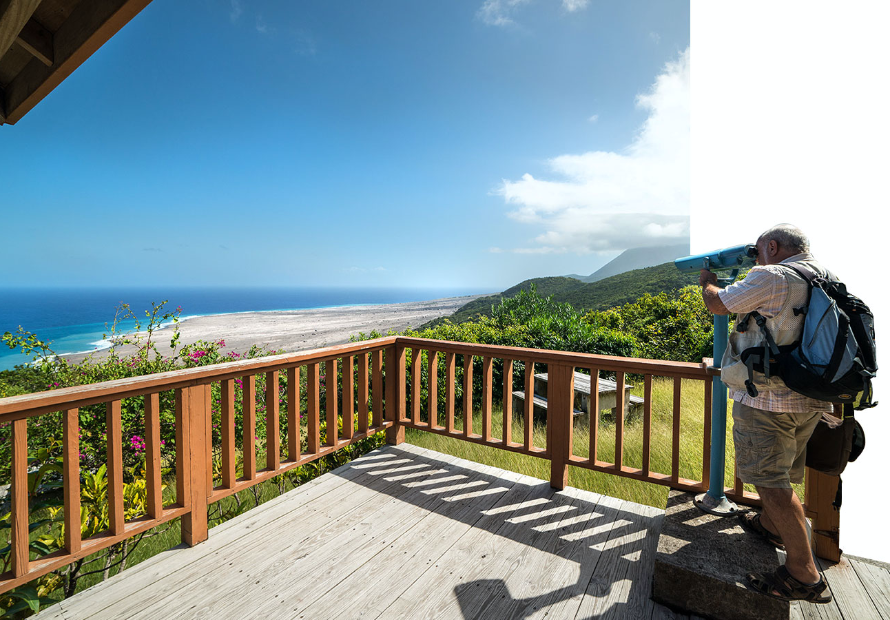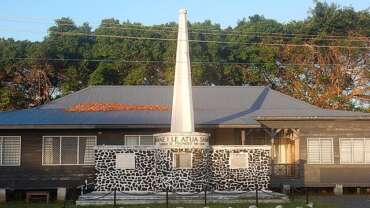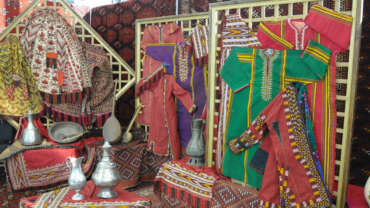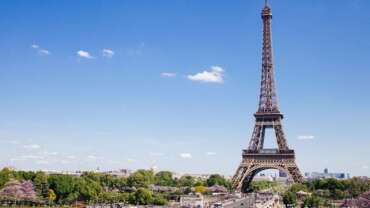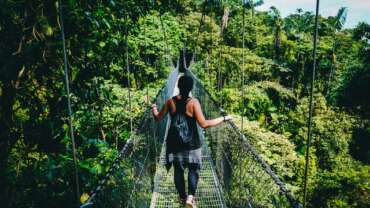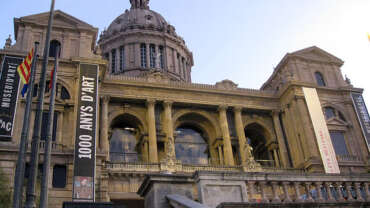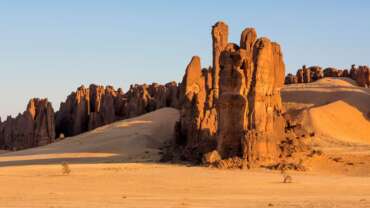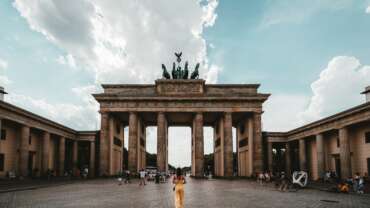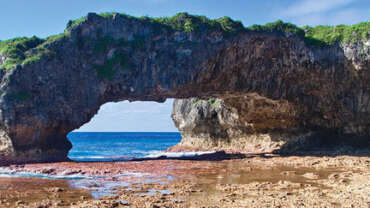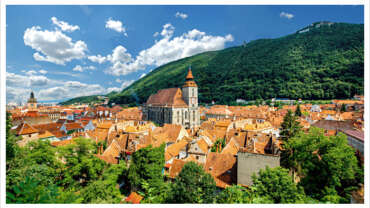Montserrat - STILL home, still nice
Montserrat is a mountainous Caribbean island, part of the Lesser Antilles chain and a British Overseas Territory. Its Soufrière Hills volcano erupted in the 1990s, causing significant damage to the south of the island and leading to the creation of an exclusion zone. The north of the island is largely unaffected, and has black-sand beaches, coral reefs, cliffs and shoreline caves.
Many encounters and experiences in Montserrat involve interactions with the island’s outdoor environment and natural history. Not all require a guided tour, and they’ll certainly leave many lasting impressions.
History of Montserrat
First inhabited by the Tainos c.500 BCE, Montserrat’s culture and history has been shaped throughout the years by various settlers and events.
The Tainos named the pear-shaped island Alliouagana, which means “Land of the Prickly Bush.” They lived in village settlements around the island including, Trants, Little Bay, Windward Bluff, Old Fort Point and Dagenham where they left their mark in the form of artifacts, some of which can be found in the National Museum.
On his second voyage in 1493 Christopher Columbus sighted the island and named it Montserrat after the famous monastery near Barcelona, Spain. Many of the first Europeans who settled on the island in 1632 were Irish Indentured servants, while the Africans came as slaves who worked plantations that produced mainly sugar, sea-island cotton and lime. The Africans left their customs and traditions which have been blended with some Irish customs.
The island became known fondly as the “Emerald Isle of the Caribbean” due to the striking resemblance of its cliffs and shorelines, as well as the historical ties to Ireland.
The Irish featured prominently in Montserrat’s history, leaving its mark on place names and of course, surnames. The national emblem is an Irish Shamrock and the coat of arms of the Montserrat Flag reveals Erin (the female figure with a harp and cross).
History buffs can learn more by visiting the Montserrat National Trust an institution at the forefront of preserving the cultural, historic and archaeological heritage of the Island.
NATURAL HISTORY
In 1995, life in Montserrat was changed forever when the once dormant Soufrière Hills Volcano erupted for the first time in almost 400 years. Two-thirds of the southern part of the island, including our capital, Plymouth, was devastated and much of it remains buried beneath thick layers of ash and mud. More than half of our population has since migrated to North America and the UK.
Today, the Montserrat Volcano Observatory (MVO) monitors all activity of Soufrière Hills and, together with the University of East Anglia and partners, champions the Mountain A Glow project. This chronicles the history of the volcano and life in Montserrat before and after the eruptions, in addition to providing first-hand accounts from residents who lived through the experience.
People of Montserrat
The population is largely of African ancestry (black), with small numbers of people of European descent (white) and of mixed descent. The official language is English, but most Montserratians also speak a Creole language similar to that spoken in Jamaica. The main religious denominations are Christian: Anglicanism, Methodism, Pentecostalism, Roman Catholicism, and Seventh-day Adventism.
Prior to the mid-1990s, Montserrat’s population was relatively stable because of emigration and a low birth rate. Plymouth and its environs were the main centres of settlement. The island’s population exceeded 10,000 in the early 1990s, but during the volcano crisis more than two-thirds of Montserratians departed for the United Kingdom, neighbouring Antigua, and other parts of the Caribbean region. Some had returned by the late 1990s; however, renewed eruptions discouraged resettlement, and access to the southern two-thirds of the island has since been restricted. There are about a dozen small settlements in the western and northern coastal regions, including Look Out, Brades, St. John’s, St. Peter’s, and Davy Hill.
Cultural Life of Montserrat
Montserratian society is a mixture of African, Irish, and British traditions, although North American culture has become a major influence. Traditional rites, such as the jumbie dance, a manifestation of folk religion, had nearly disappeared by the late 20th century. The dance once took place following Christian rituals (e.g., baptisms or weddings) or in times of crisis. Jumbie music helped produce a trancelike state in the worshipers who sought cures for ills or the lifting of an obeah (obia) spell, a traditional form of witchcraft. Folk instruments included flutes, triangles, and flat goatskin-covered drums. Folk music has declined partly because of imported musical styles such as calypso, reggae, soca, and pop. Carnival, which was brought to Montserrat in 1962, is held between Boxing Day (December 26) and New Year’s (Jump-up) Day (January 1). St. Patrick’s Day (March 17) is an official holiday; locally, it commemorates a slave revolt and Montserratian heroes, and festivities surrounding it generally continue for a week.
Prior to the economic upheaval caused by the eruptions, Montserratians enjoyed a relatively high standard of living, including dependable housing and imported consumer goods; many also took holidays abroad, often to the United States. Older, rural residents still have more traditional lifestyles based on family, land, and church. Extended families and connections with family members overseas remain important for all Montserratians. The island’s cuisine is best known for “goat water,” a thick goat-meat stew that is the national dish.
In 1977 Beatles producer George Martin opened a music-recording studio on the island. It was frequented by rock luminaries, including Paul McCartney, the Rolling Stones, and Elton John, and was in operation until 1989, when it was badly damaged by Hurricane Hugo. Martin later raised funds to build the Montserrat Cultural Centre, a multiuse performing arts centre that opened in Little Bay in 2006. Cable and satellite television services are available, and radio programming is popular, particularly through ZJB Radio Montserrat, the government-owned radio station. The main newspaper, the Montserrat Reporter is published weekly; its online edition is updated more frequently.
Rendezvous Beach Picnic or Party!
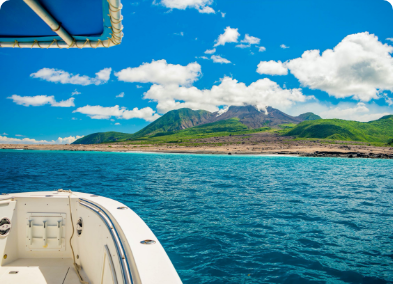
Enjoy the peace and tranquillity of the island’s only white sandy beach with a nice picnic basket filled with local goodies. Or make a truly magical memory and have a day tailored to suit your desires!
Soufriere Hills Volcano Boat Tour
By far the most popular water-based tour in Montserrat! Take an exhilarating cruise along the west coast from Little Bay all the way to the Buried City of Plymouth – the modern day Pompeii. Learn about how the island was created and about Montserrat’s natural history. You will experience amazing views and discover up close how the island is actually growing!
Buried City Tour
Montserrat’s most popular tour takes you to the island’s capital, Plymouth, which is like a city frozen in time. Although many of the buildings have been buried by ash and mud flows from the volcanic eruption in 1995 and 1996, some rooftops and other structures remain visible and stories abound.



